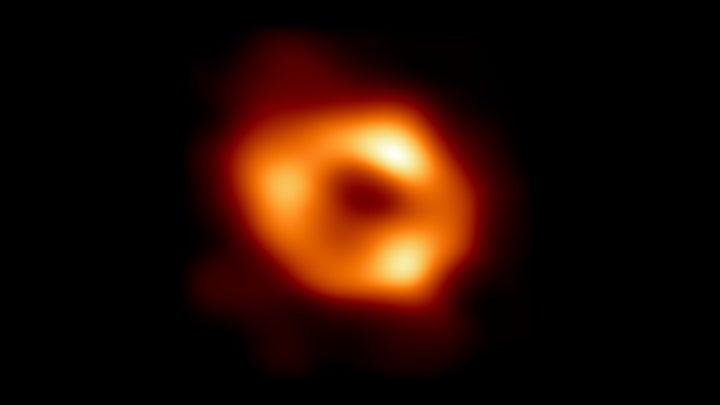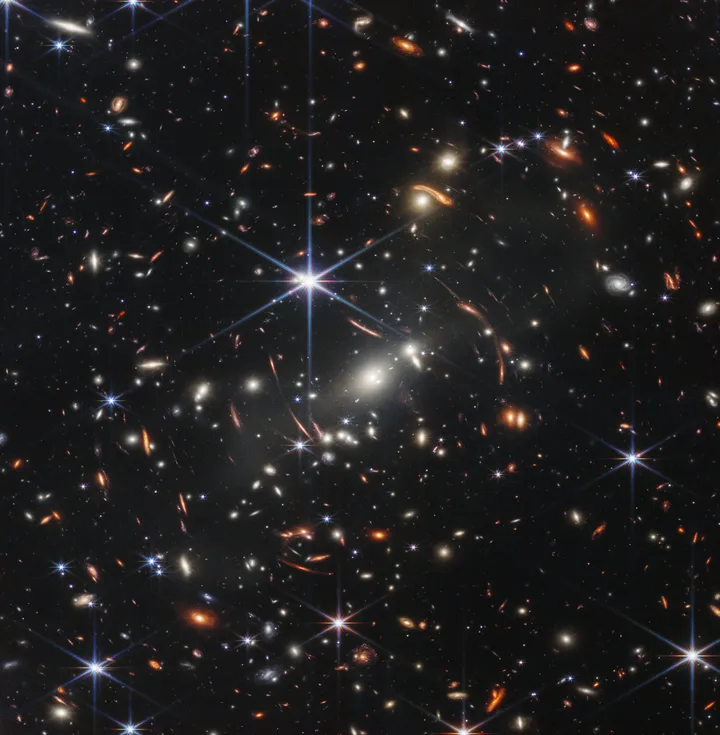NASA has busted a common misconception that space is silent, and shared the sound of a black hole in a particularly eery clip.
The 30 second remix – which evokes a certain sense of doom – also comes at a time when things, such as the economy, international politics and the cost of living, have definitely been better.
Still, the mesmerising sound has clearly fascinated everyone, having clocked up more than four million views in less than 24 hours after the US’ National Aeronautics and Space Administration (NASA) posted it.
Alongside the clip, the NASA team which looks for planets and life beyond our solar system (known as NASA Exoplanets) wrote: “The misconception that there is no sound in space originates because most space is [essentially] a vacuum, providing no way for sound waves to travel.
“A galaxy cluster has so much gas that we’ve picked up the actual sound.
“Here it’s amplified and mixed with other data to hear a black hole!”
This black hole is at the centre of the Perseus galaxy cluster. NASA first discovered the sounds it created back in 2003, when it found pressure waves sent out by the black hole triggered ripples through hot gas in the same cluster (meaning the area nearby was not a vacuum) which could then be translated into a note.
However, NASA adds that this is a note “humans cannot hear” which is 57 octaves below middle C.
But, a new sound system has detected more notes from the black hole, making it audible for the first time – although NASA did have to make the sounds “144 quadrillion and 288 quadrillion higher than their original frequency”.
For context, a quadrillion has 15 zeroes.
The clip was originally released back in May for NASA’s Black Hole Week, but has taken off on social media again presumably because of its deeply unsettling nature.
Sounds from space have been breaking into the mainstream in recent years, such as the unsettling noises coming from the planet Jupiter, as released in 2017.
In 2019, NASA also managed to capture the first photo of the supermassive black hole at the centre of our galaxy.

And only in July, NASA shared the deepest image of the universe known to date, marking a key moment in astronomical history.


